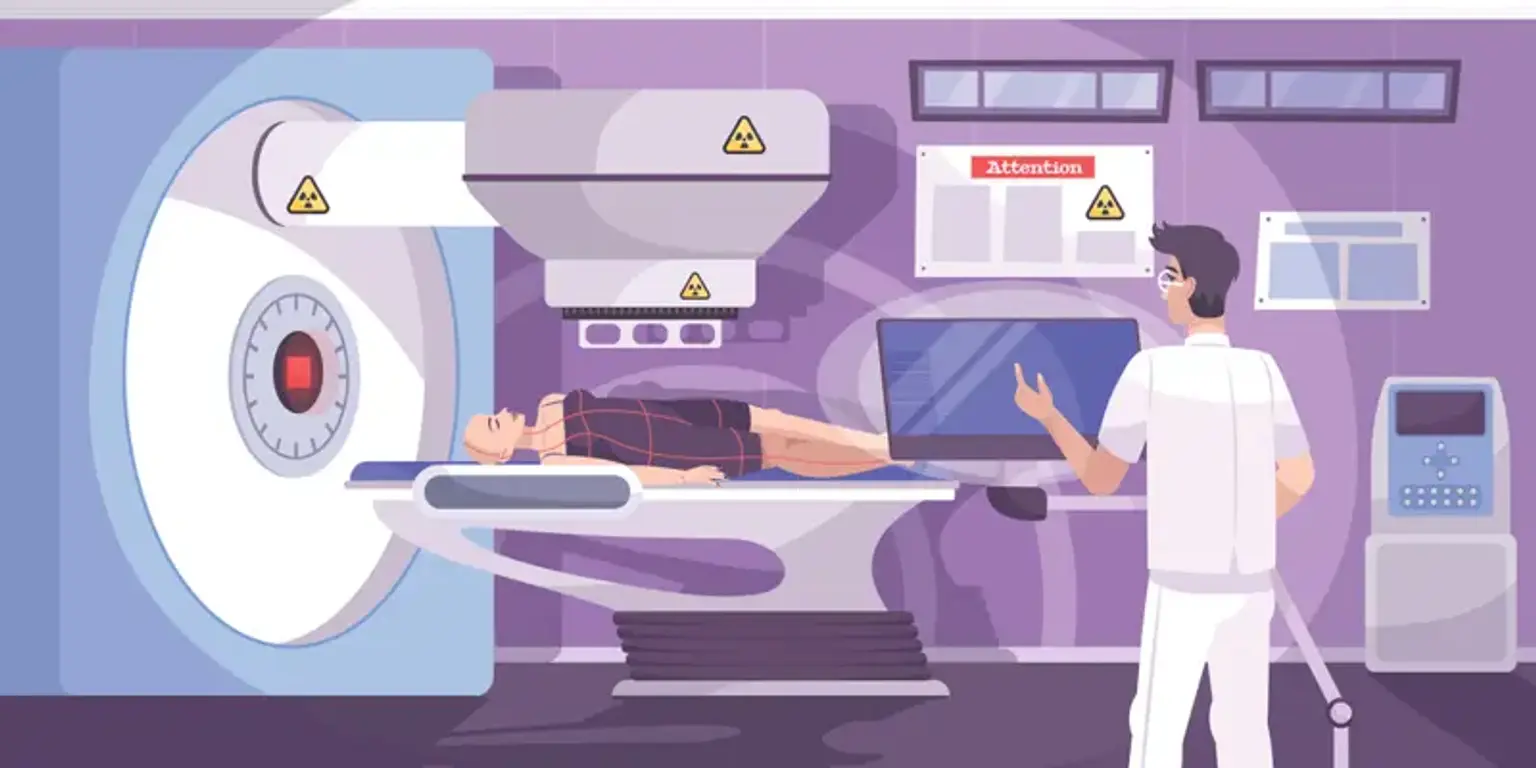Image guided radiotherapy (IGRT)
Overview
IGRT, or image guided radiation therapy, is a procedure that uses regular imaging to improve accuracy during a patient's radiation treatment. Imaging equipment can be integrated within the machine that generates high-energy radiation beams (linear accelerator) or installed nearby in the treatment room. Modern technologies, such as IGRT, are critical to generating ongoing improvements in patient outcomes and quality of life.
